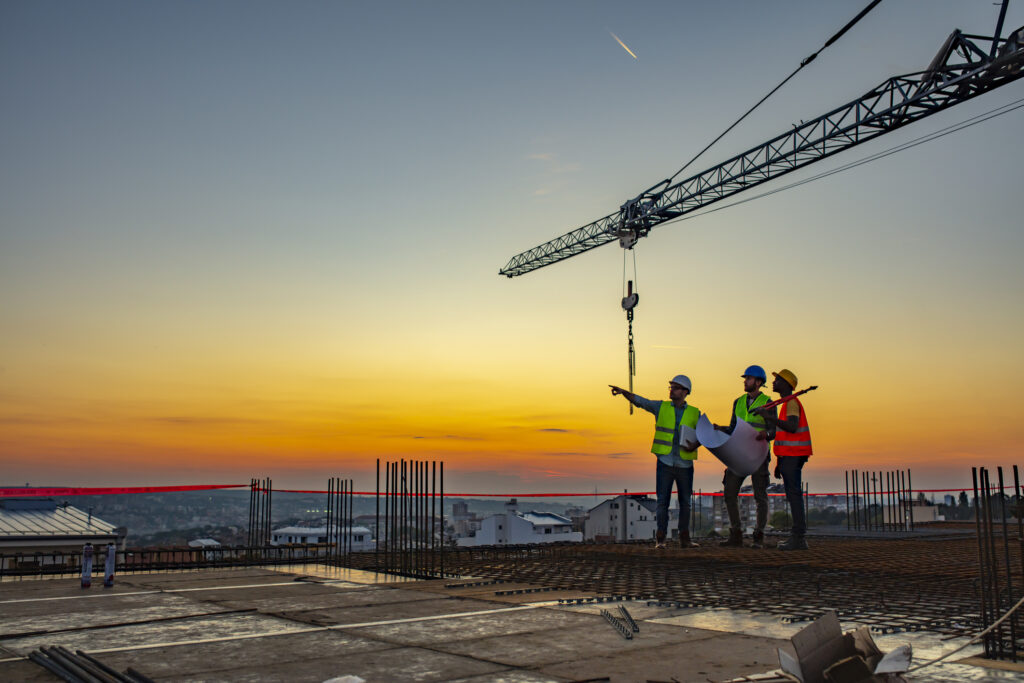
As once typical real-estate investment falters, developers are looking to build around future manufacturing sites.
If you build it, they will come.
This is a slightly misquoted line from “Field of Dreams” – it was “he will come” in the film – but James Earl Jones (RIP) then says “people will come” like half a dozen times to convince protagonist Kevin Costner to continue building his farm-field baseball diamond. And he does! The phrase has since been adopted into the popular American lexicon, to mean that if you take the plunge to build or create something for which there’s a market, you won’t have to seek out clients or customers for it.
From a Sept. 10 article in The Wall Street Journal:
American and overseas companies have committed nearly half a trillion dollars to build new factories for electric vehicles, semiconductors and other products in the U.S., according to real estate analytics firm Green Street.
Investors are planning to acquire or build warehouses, hotels, office buildings and apartments near coming factories across the Sunbelt and Rust Belt, where most of these so-called onshoring projects are under way. They are wagering that as new manufacturing hubs come online and create jobs they will produce a “multiplier effect,” with growing employment increasing demand for homes, shopping and more.
To be clear, the “if you build it” quote may not be a perfect metaphor here, as it remains to be seen if demand will firm up for electric vehicles and American-made semiconductor chips. But real estate investors are betting it will, and their money talks. More from the article:
Speculators have bid up the price of row crop fields by as much as triple near Brownsville, Tenn., said Mayor Bill Rawls. This town of 10,000 is about 15 miles from BlueOval City, the $5.6 billion electric pickup truck plant under development by Ford Motor and South Korean battery manufacturer SK On.
The Tennessee plant has had its own delays. Ford recently said it won’t start producing trucks until 2027. But eventually, 6,000 employees are expected to drive demand for new housing and retail in the area, as well as 30 miles away in the suburbs of Memphis.
Developers have pitched large, mixed-use projects of the kind never seen in Brownsville, Rawls said, including a 350-unit apartment and retail complex. But deals have been slow to move forward. Some developers are waiting for lower interest rates before putting stakes in the ground.
“It’s not a matter of what, it’s a matter of when,” Rawls said.
Actual factory construction, meanwhile, is happening all over the country at eye-watering rates. According to the Clean Investment Monitor, “there was $284 billion in new investment in the manufacture and deployment of clean energy, clean vehicles, building electrification and carbon management technology in the U.S. in the past year, up 36% from the previous year. A record $76 billion of this investment occurred in the second quarter of 2024, a 27% increase relative to the same period in 2023.”
That means factories like the one in Fairfield, Ohio, which will process nickel and cobalt for use in advanced battery production. American industrial policy also means more traditional manufacturing is taking place in the United States too, like in the New York factory that will build the train cars for a high-speed rail line connecting Los Angeles to Las Vegas.
So yes: If we build factories, investment will come. Just like they said it in “Field of Dreams.”
